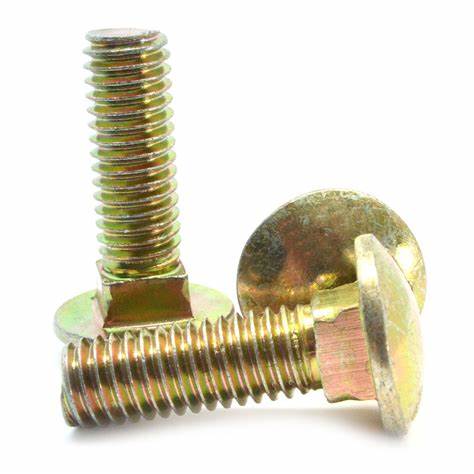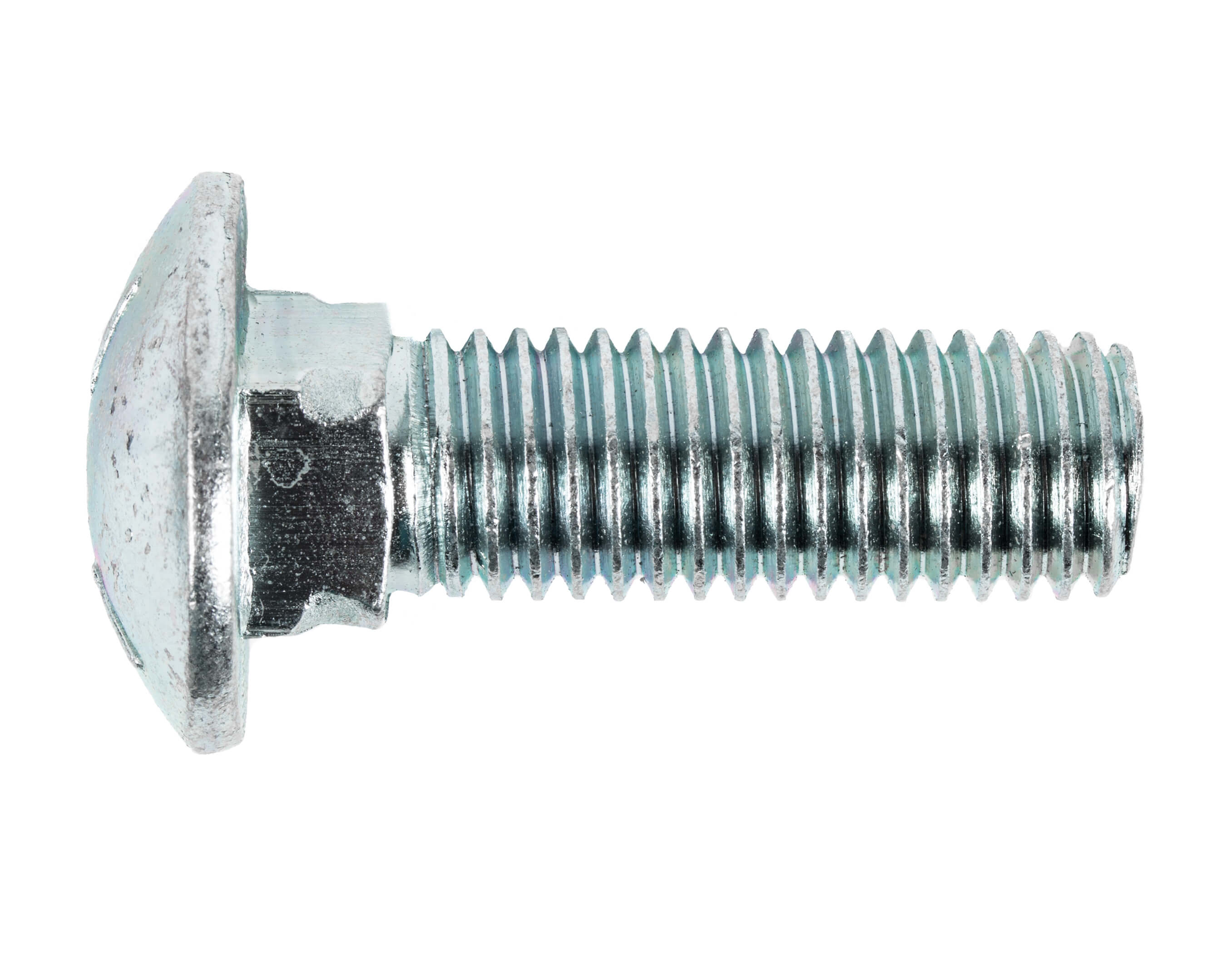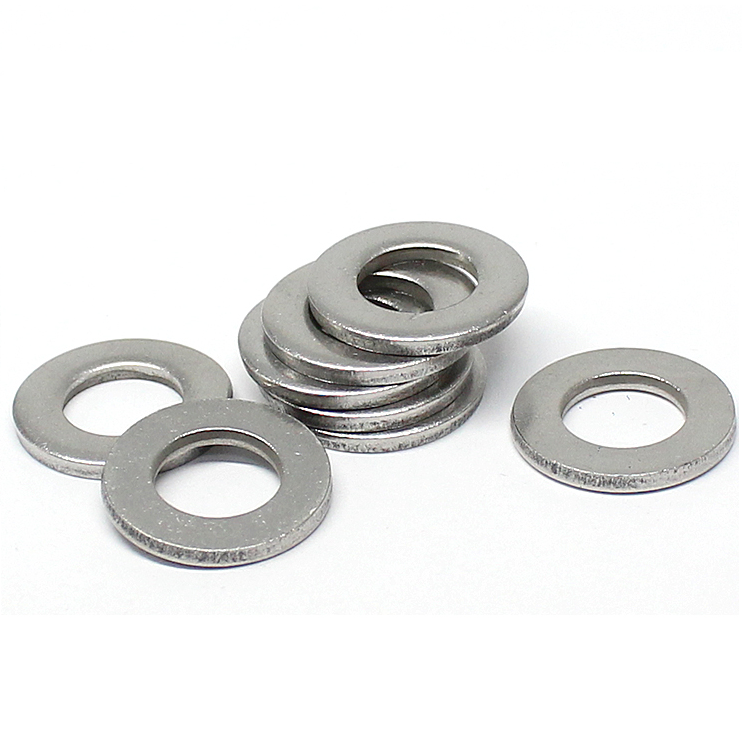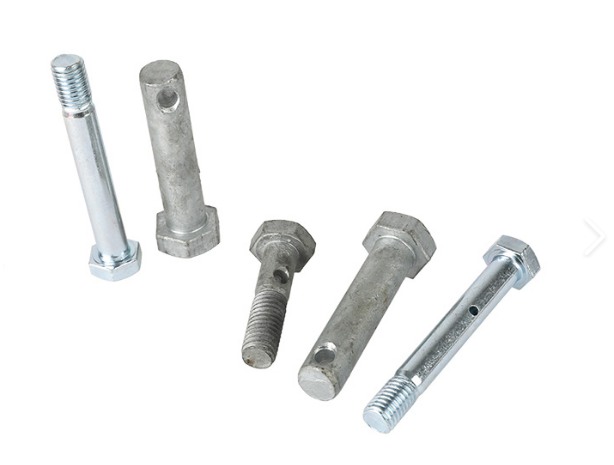Carriage Bolt/Coach bolt/ Round-head square-neck bolt
carriage bolt
A carriage bolt (also called coach bolt and round-head square-neck bolt)[1] is a form of bolt used to fasten metal to metal or, more commonly, wood to metal. Also known as a cup head bolt in Australia and New Zealand.
It is distinguished from other bolts by its shallow mushroom head and the fact that the cross-section of the shank, though circular for most of its length (as in other kinds of bolt), is square immediately beneath the head. This makes the bolt self-locking when it is placed through a square hole in a metal strap. This allows the fastener to be installed with only one tool, a spanner or wrench, working from one side. The head of a carriage bolt usually is a shallow dome. The shank has no threads; and its diameter equals the side of the square cross-section.
The carriage bolt was devised for use through an iron strengthening plate on either side of a wooden beam, the squared part of the bolt fitting into a square hole in the ironwork. It is common to use a carriage bolt to bare timber, the square section giving enough grip to prevent rotation.
The carriage bolt is used extensively in security fixings, such as locks and hinges, where the bolt must be removable from one side only. The smooth, domed head and square nut below prevent the carriage bolt from being unlocked from the insecure side







![[Copy] GB873 Large flat head rivet with half round head rivet](https://cdn.globalso.com/hsfastener/1728620819124.png)







